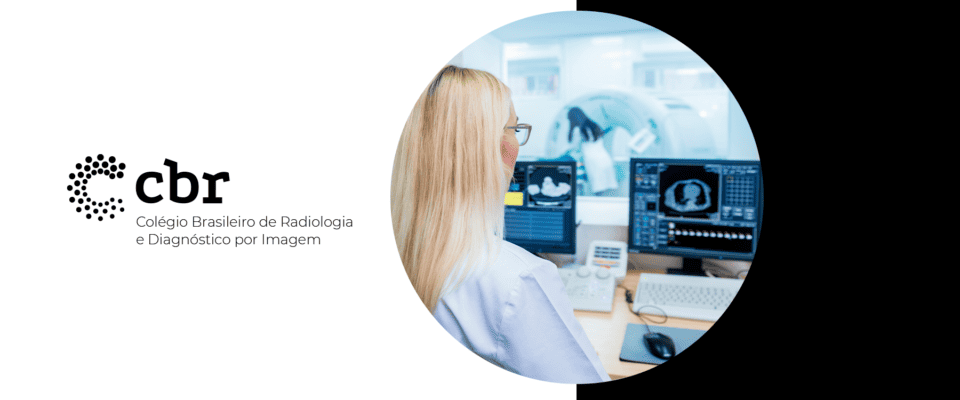
By Juliana Tapajós and Fabrício Poli*
The extinct Ordinance of the Health Surveillance Secretariat of the Ministry of Health No. 453, of June 1, 1998, based on constitutional provisions, and Law 8080, of October 19, 1990, established the basic guidelines for radiological protection in medical radiodiagnosis and dental, and was in effect for about 21 years. It described the professional qualification to answer for the role of technical manager of the Radiology Services, which had the following requirements: training in medicine, or dentistry, in the case of dental radiology.
With the repeal of Ordinance 453/98, RDC (Resolution of the Collegiate Board) number 330 of ANVISA, published in December 2019, as well as normative instructions (IN 52 to 59) that establish health requirements for the organization and the operation of diagnostic and interventional radiology services throughout the national territory.
Recently, RDC 330 was the subject of the Regulatory Agenda 2021 – 2023: Project 1.2. This project is intended to deliberate processes for consolidating norms from ANVISA's regulatory stock to comply with Decree 10.139/2019, which "determines deadlines for the evaluation and consolidation of norms, with the possibility of improvements in the wording and form of normative acts , as well as the simplification or deletion of obsolete provisions. It should be noted that the determination does not cover changes to the merits of the rules”.
Thus, Resolution 330 was revoked and Resolution RDC No. 611/2022 came into force, nothing more than the consolidation of Resolution RDC No. 330/2019 and Resolution RDC No. 440/2020, without changes to the merits of these rules.
In the new Standard, professional qualification was not specified, as it is not ANVISA's responsibility to resolve issues related to professional practice, a matter which is restricted to the competence of other entities (council or order), with health surveillance only being responsible for verifying the existence of the professional legally qualified in the establishment.
The new standard conceptualizes the technical manager as follows: “The legal guardian must formally designate 1 (one) legally qualified professional to assume responsibility for the radiological procedures of each diagnostic or interventional radiology sector of the health service, hereinafter referred to as the technical officer”.
In this way, the qualification of such a professional is in accordance with the laws and regulations in force for each profession. In this case, remembering that the registration of companies with the professional council must be done in the one in which the activity is prevalent. In the case of radiology, medicine prevails, therefore, its registration must be made at the Regional Council of Medicine and follow the norms established by the Federal Council of Medicine. Still, it stands out the item II of Article 5 of Law No. 12,842, of July 10, 2013 (Medical Act Law), which disciplines that the coordination and supervision linked, immediately and directly, to the private activities of a physician, as well as Resolution No. 2,147/2016, which establishes rules on the responsibility, attributions, competences and rights of technical directors, clinical directors and heads of service in medical environments.
In this wake, CFM Resolution 2007/13 (as amended by CFM Resolution 2114/14) provides that:
“Art. 1st For the doctor to exercise the position of technical director or supervisor, coordination, leadership or medical responsibility for specialized care services, a title in a medical specialty is mandatory., registered with the Regional Council of Medicine (CRM), according to the parameters established by Resolution CFM nº 2.005/2012.
§1st In institutions that provide medical services in a single specialty, the technical director must have the title of specialist registered with the CRM in the respective area of activity in which the services are provided.
§2 The supervisor, coordinator, head or person responsible for the specialized care services mentioned in the caput of this article can only assume technical responsibility for the specialized service if he or she holds a specialist title in the specialty offered by the medical service, with due registration of the title with the CRM”.
In the meantime, after provocation by the CBR to ANVISA, technical note No. 35/2020/SEI/GRECS/GGTES/DIRE1/ANVISA was issued, which clarified what should be understood by technical responsible under the terms of current legislation:
“Article 13 also defines that the technician in charge assumes responsibility for the radiological procedures performed in the health service, which includes, for example, the definition of medical conduct, the preparation of reports and the attendance to intercurrences, activities exclusive to doctors and of dental surgeons, according to current legislation.
(…)”
Thus, the interpretation of a legally qualified professional must always be in the sense that only professionals who meet the legal requirements for carrying out the activity can be designated as technically responsible for the diagnostic and interventional radiology service.
It should be noted that the understanding brought here about the current legislation and the competence to assume the role of Technical Responsible is fully correct and in line with the understanding of the Class Councils and the representative bodies of medical and technical professionals, and also of ANVISA itself , as demonstrated.
The Technical Responsible is the doctor who ethically responds for all the information provided before the medical councils (federal or regional), and may even be held responsible or penalized in case of proven complaints.
Thus, in Diagnostic Imaging services that use ionizing radiation, appointment of a medical technician in charge is mandatory, specialist in Radiology and Diagnostic Imaging, with their specialty duly registered, that is, with a Specialist Qualification Register (RQE) at the Regional Council of Medicine (CRM), to respond for radiological procedures within the scope of the service in perfect harmony with the current legal norms (Law of the Medical Act and cited Resolutions).
Finally, the radiologist may be appointed technical manager for a maximum of 2 (two) Radiology services simultaneously, as provided in CFM Resolution No. 2,147/2016.
* Juliana Tapajós is director of Professional Defense at CBR
* Fabrício Poli is CBR's legal advisor
*Article published in 401 edition of CBR Bulletin, July 2022




